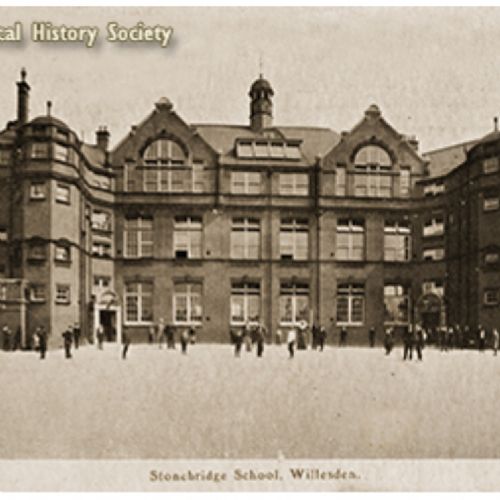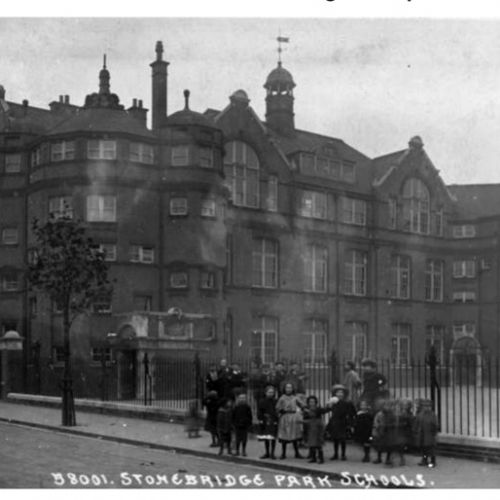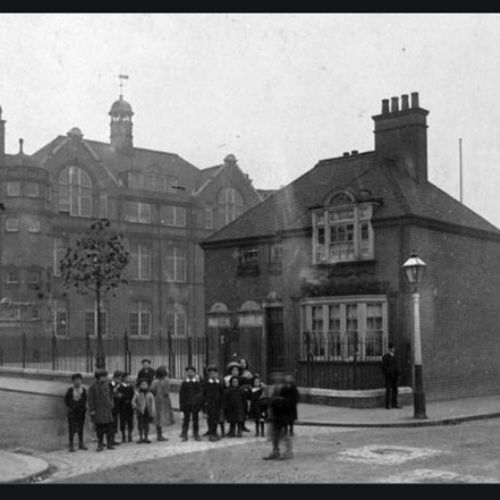Our History
Until the Elementary Education Act of 1870, education was largely left to voluntary initiatives, with the churches or local charities as the main providers for the poorer classes. The Act, steered through Parliament by William Forster and thus known as 'Forster's Act', actively supported by Gladstone, was the first to set a national, secular framework for the education of children aged 5-13. A driving force behind the Act was the need for a literate and numerate workforce to ensure that Britain remained at the forefront of manufacture and improvement. It required partially state-funded elementary schools to be set up in areas where existing provision was inadequate, to be managed by elected school boards. The churches and other pressure groups had opposed state-provided education. Reactionary opinion generally favoured church schools, and was concerned that secular and radical (as it was perceived) education provided by the board schools may threaten the status quo by teaching the labouring classes to think, but the Act's intention was to supplement rather than duplicate denominational schools in areas of most need. The new legislation resulted in a surge of school building across the country. The Education Act of 1902 steered in by Balfour's Conservative Government abolished the 2,568 school boards and replaced them with Local Education Authorities (LEAs).

ER Robson, appointed as architect to the School Board for London (SBL) in 1871, developed the characteristic Queen Anne style as a secular alternative to the Gothic of Anglican schools. This interpretation of the red brick, sash windowed, vernacular idiom of houses of the late C17 and early C18 lent itself to a template for the large-scale designs required for schools, as well as for the large windows needed to light classrooms. Robson's 1874 book 'School Architecture' was highly influential, and his standard Board School plan was widely emulated.

Until the late C19 Willesden was still on the rural fringes of London but was transformed into a densely built-up suburb of largely lower-middle and working-class housing after Willesden Junction station was opened in 1866. By the 1880s a clear deficiency in the number of voluntary school places available was emerging and, in the face of considerable opposition from local Anglican churches, the Education Department made an order for the compulsory formation of a school board in Willesden in 1882, and compelled the board to open a temporary school in the Wesleyan lecture hall in Harlesden in 1885, and to build its first board school there in 1891. Before it was superseded in 1904, Willesden School Board opened another 12, mainly large, schools and several special schools. The 15 voluntary schools provided 10,217 places and the board schools another 10,876.
George Evelyn Tidmarsh Laurence (1860-1922) was articled under FE Morris of Colchester and worked for 7 years as an assistant to ER Robson at the SBL. He designed several schools for the Willesden School Board and its successor body, Willesden Education Authority, and for Edmonton, Tottenham and Wood Green school boards, Middlesex. While evidently continuing to practise in London, Laurence became sole architect to the Swansea Education Authority c1891, for which he designed a number of schools, in which capacity he acted until his death.

SOURCES: A History of the County of Middlesex: Volume 7: Acton, Chiswick, Ealing and Brentford, West Twyford, Willesden (1982), pp. 247-254 Cherry, B and Pevsner, N, The Buildings of England, London 3: North West, 1991
No photo albums have been added to this gallery yet.

